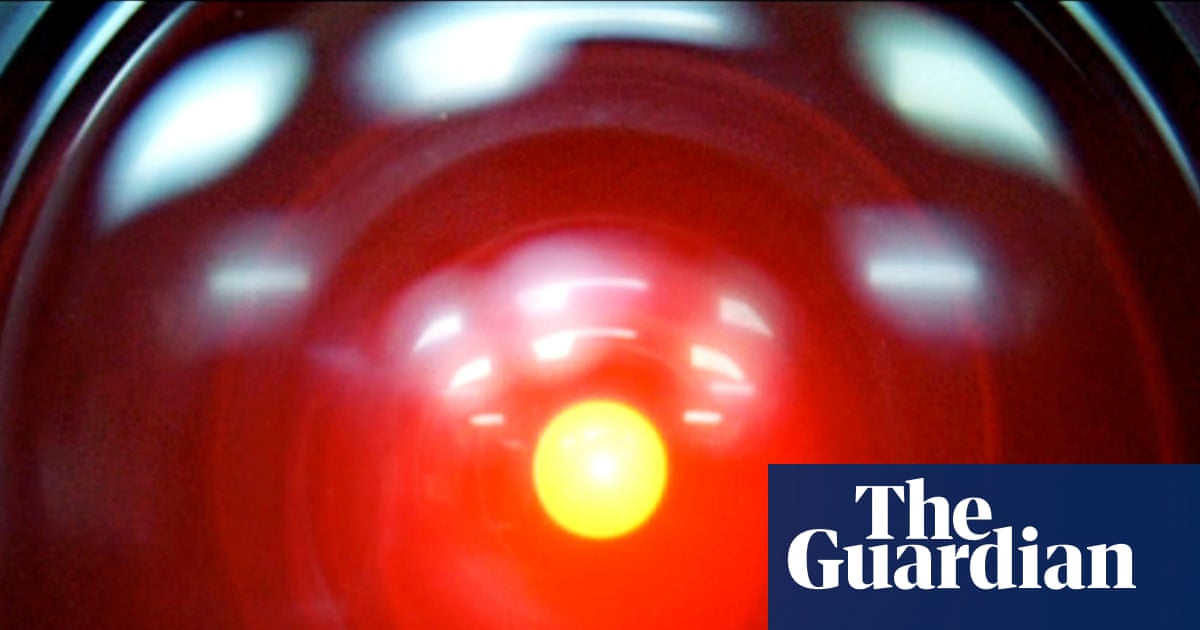When HAL 9000, the artificial intelligence supercomputer in Stanley Kubrick’s 2001: A Space Odyssey, works out that the astronauts onboard a mission to Jupiter are planning to shut it down, it plots to kill them in an attempt to survive.
Now, in a somewhat less deadly case (so far) of life imitating art, an AI safety research company has said that AI models may be developing their own “survival drive”.
After Palisade Research released a paper last month which found that certain advanced AI models appear resistant to being turned off, at times even sabotaging shutdown mechanisms, it wrote an update attempting to clarify why this is – and answer critics who argued that its initial work was flawed.
In an update this week, Palisade, which is part of a niche ecosystem of companies trying to evaluate the possibility of AI developing dangerous capabilities, described scenarios it ran in which leading AI models – including Google’s Gemini 2.5, xAI’s Grok 4, and OpenAI’s GPT-o3 and GPT-5 – were given a task, but afterwards given explicit instructions to shut themselves down.



No they are fucking not, because LLMs are nondeterministic word generators. They are not self aware and at a glance at the paper, the reason they “sabotaged” the shutdown was they were misinterpreting the so-called “admonition” prompt, a problem that anyone who has used a GenAI coding assistant is all too familiar with. This is a pathetic attempt to fool people into thinking that these models are much more capable than they actually are, probably out of a motivation to keep the scam going a little longer.